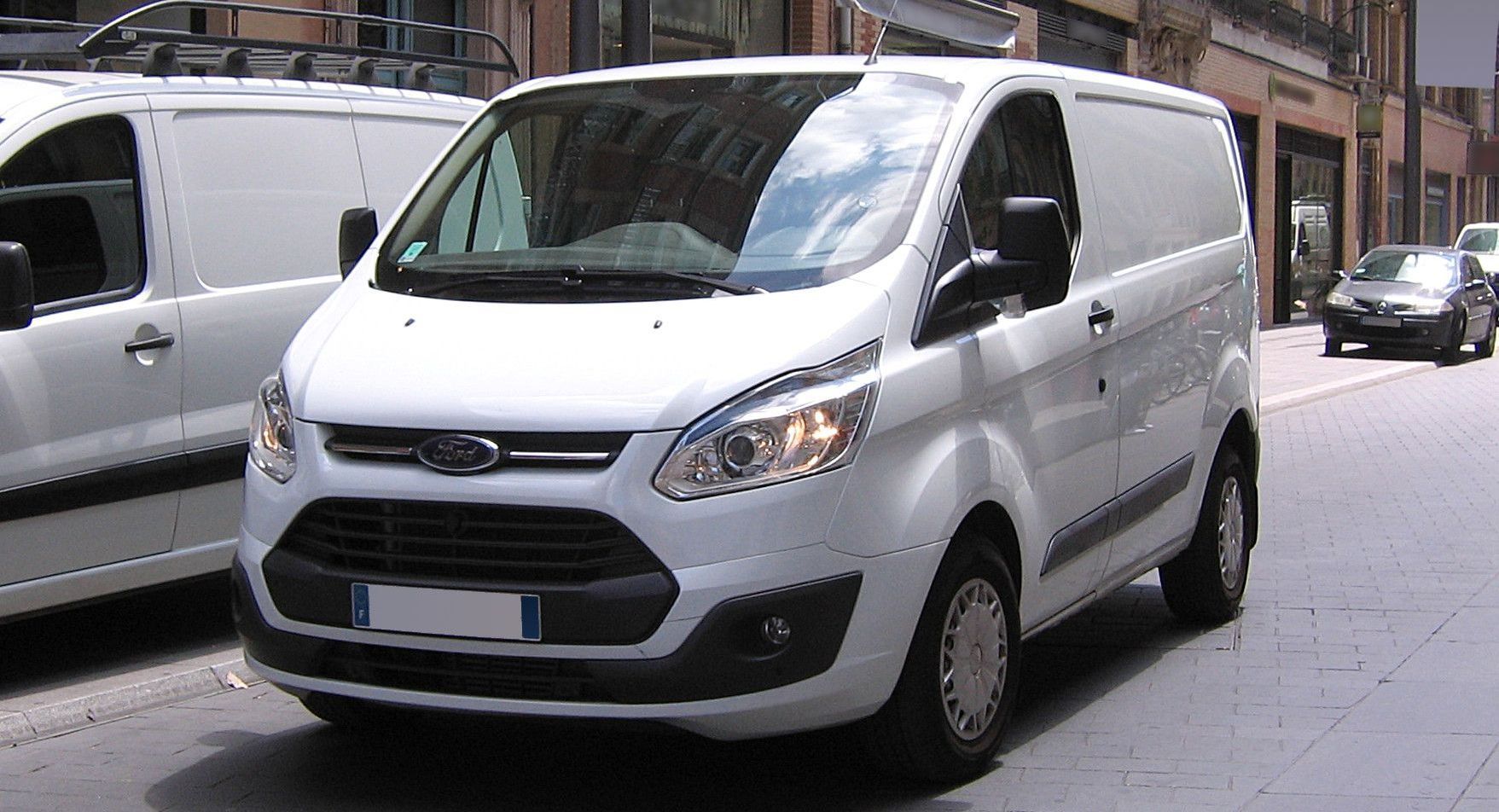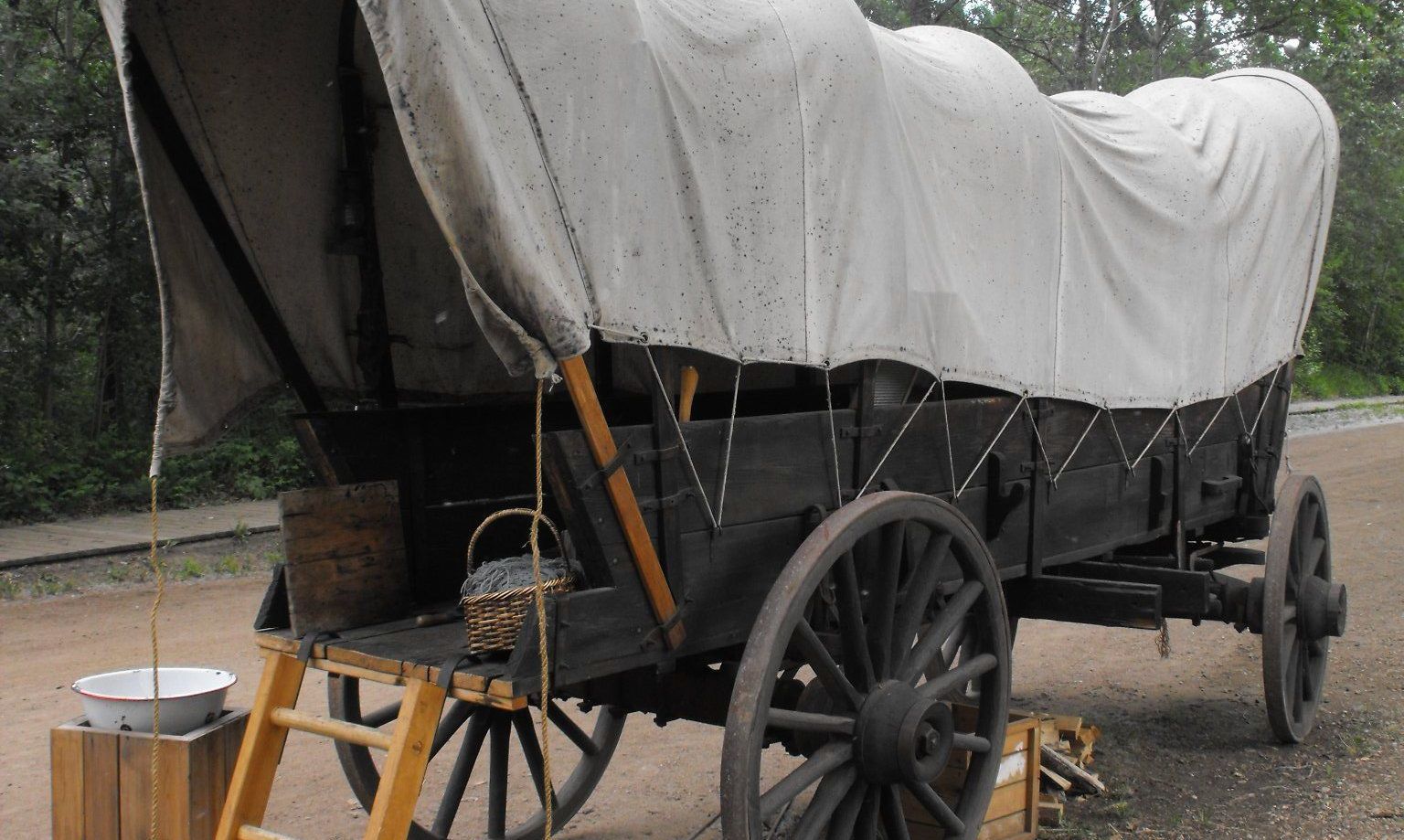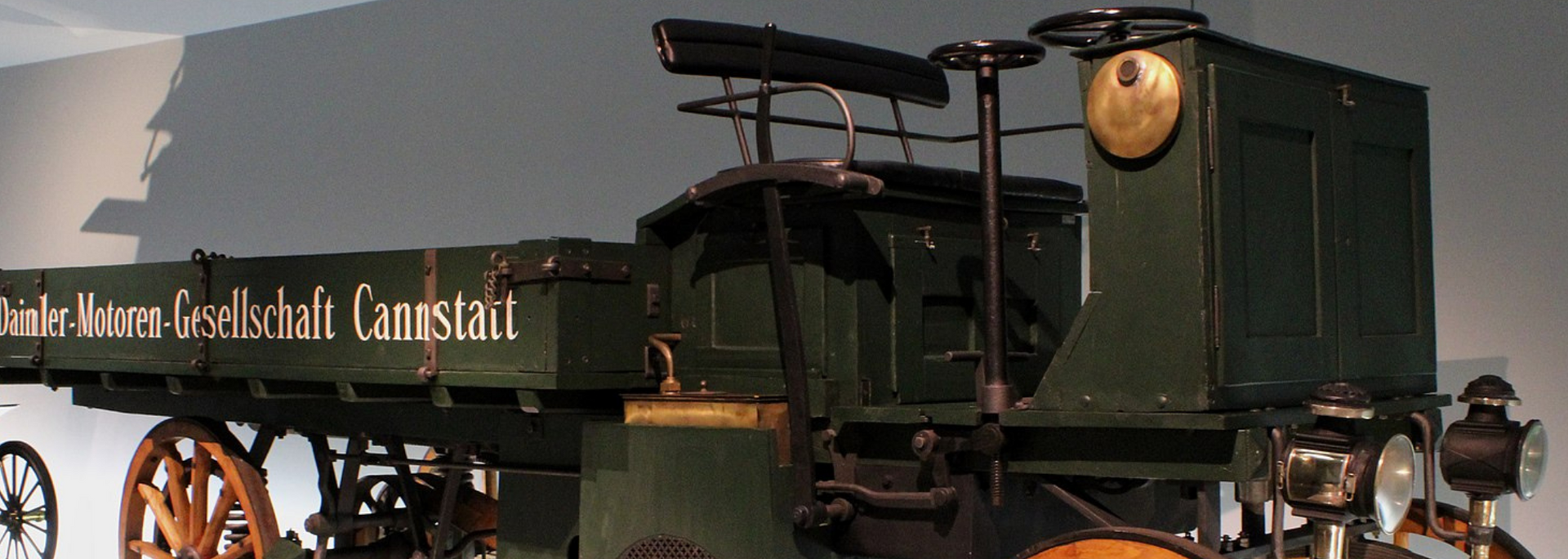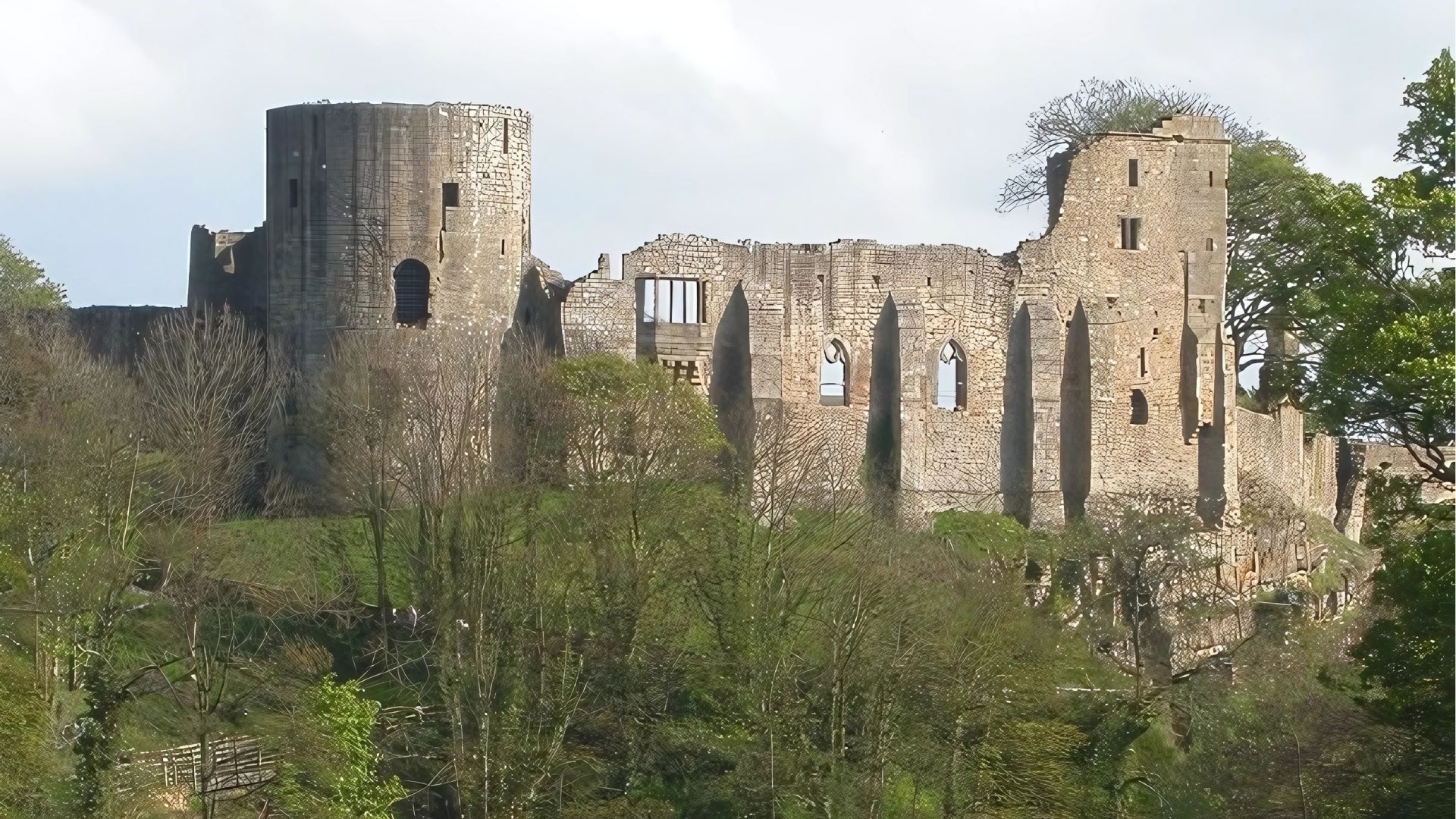The wheely fascinating history of vans
Vans are the backbone of the UK economy. But how did we go from carts and rickshaws to the motorised vehicles we know today? Find out in our guide.

If you're out driving, the chance of you seeing a van is almost 100% – and recently, there have been more vans on the road than ever before.
Vans account for
nearly 18% of all road traffic in the UK, according to the Department for Transport. This is a significant increase from the 10% we saw in 1993.
The huge rise in van traffic stems from the ever-growing online audience, who order products by the truckload (literally) – as well as the businesses that continue to satisfy the demand.
As we sit back and reflect on our changing economy and road habits, we thought we'd delve deep into the history of vans and pinpoint where they took a turn in popularity.
Origin
According to Etymonline, the word "van" is a
shortened form of "caravan". When it emerged in the 1590s, "caravan" referred to a group of people who travelled together for safety. However, it may have gained its vehicular associations when people took it to mean "carry-van" – or, in other words, a "van that carries".

The earliest usage of "van" meaning "a covered wagon for transporting goods" seems to date back to 1829. These early vans were not motorised, however. They were simply horse-drawn carts that were specially designed for haulage.
A "wheely" big step in the right direction
Eighteen-ninety-six is iconic for many reasons. This year, the first X-ray machine was demonstrated – and the famous author F Scott Fitzgerald was born.
That's not why we're interested in 1896, though. We're interested because 1896 marks the introduction of the world's first petrol-powered truck.
Known as the
Daimler Motor Lastwagen, the vehicle was designed by automobile pioneer Gottlieb Daimler – and was used by customers in Stuttgart and Berlin.

The truck had a two-cylinder engine, could reach a top speed of seven miles per hour and could carry up to five tons. However, it was more like a flatbed truck than a modern van – goods had to be covered with material to protect them from the elements.
In the same year, Karl Benz created something very similar to a van. This vehicle would supply goods to a department store in Paris and inspire other manufacturers to create their own, similar vehicles. You could even say that Karl Benz kickstarted the development of the modern van.
However, it wasn't until the 1950s that the likes of Volkswagen and Ford produced the types of vehicles that we see so often today.
What's hot?
Just like with car manufacturers, there are many different vans to choose from. The likes of Mercedes-Benz, Ford, Volkswagen, Peugeot and Toyota all create their own concepts to suit modern-day demand.
It goes without saying that vans, just like cars, have different levels of popularity. The UK's most popular model, as of November 2023, was the Ford Transit Custom – followed closely by the common-or-garden Ford Transit van. (SMMT)

Other vans that continue to perform well include the Vauxhall Vivaro and the Mercedes-Benz Sprinter. If you live in a built-up area, there's a good chance you could leave your house and spot one of these vans on the roads right now.
What makes vans so great?
Vans are useful, versatile and iconic. And just because we're huge fans, we thought we'd share our top 10 uses for these fantastic creations:
- Ambulances: ambulances aren't vans, are they? Well, they're based on vans and function in much the same way – though they obviously differ in colour scheme and internal equipment.
- Couriers: without vans on the road, we could be waiting forever and a day for our parcels to arrive – and with next-day delivery a sought-after option for those last-minute buys, courier vans really do hold the answer to many of our problems.
- Minibuses: these powerful people carriers are often simply vans with added seats. If you need a 10-seater or more, there's a very good chance you'll be driving a Mercedes-Benz Sprinter.
- Tradespeople: without vans, electricians, plumbers and joiners would have a hard time doing their jobs. Vans offer the space they need for all their tools, materials and equipment.
- Removal services: if you're moving house, office or country, chances are that you need a huge amount of space to carry your belongings. For years and years, people have relied on the good old "man with a van" for all their removal needs.
If you need a van for personal or business use, then head down to
MVH Rental. Here, you'll find a wide range of
rental vans to cater to all needs. With competitive prices and a reputation for fair, friendly service, we're your one-stop shop for vehicle hire in the North East of England.
All Rights Reserved | Metro Vehicle Hire
We use cookies to ensure that we give you the best experience on our website. To learn more, go to the Policies page .











